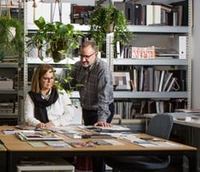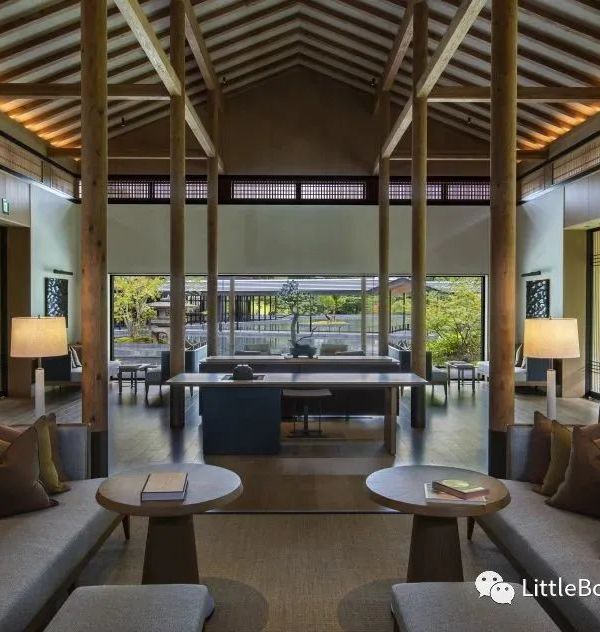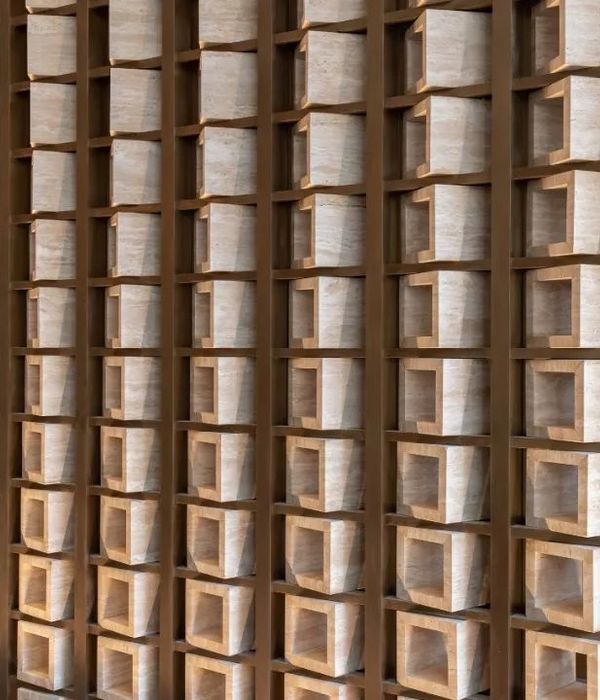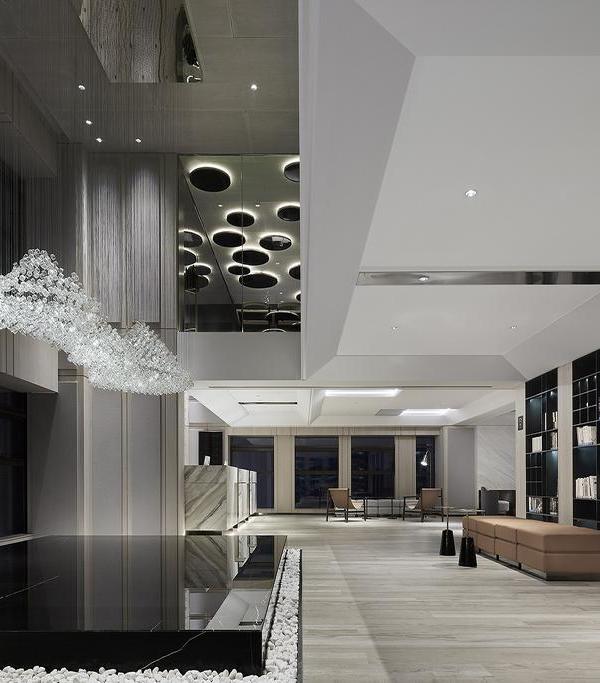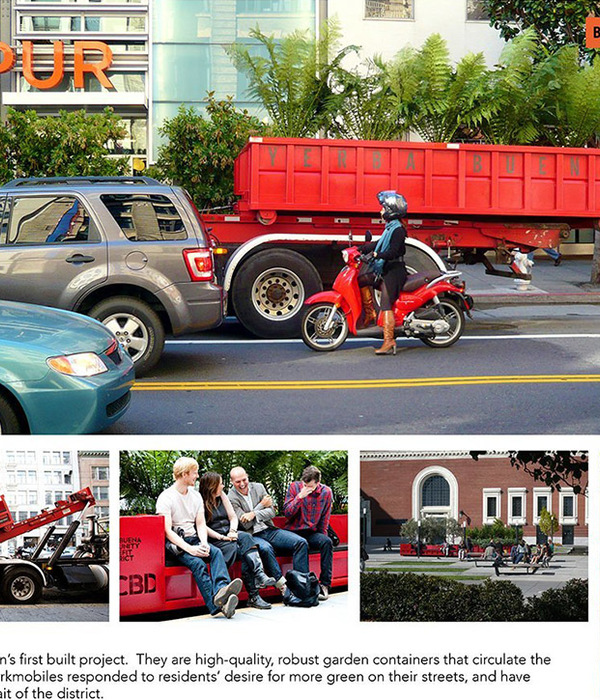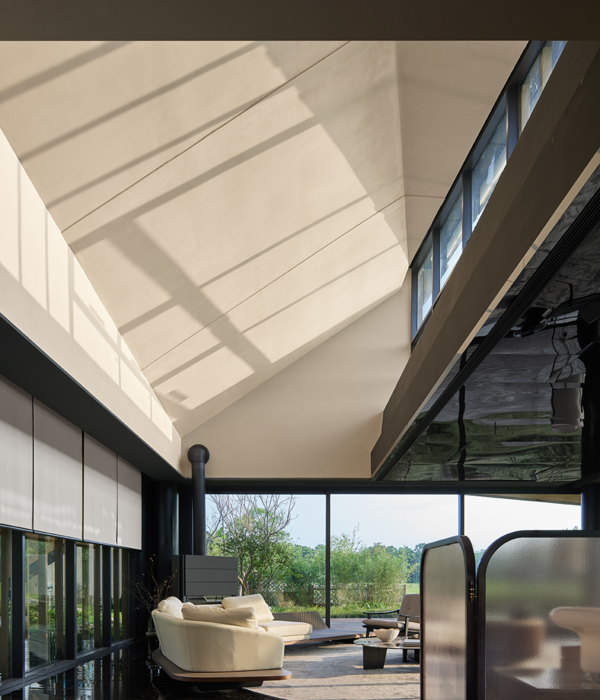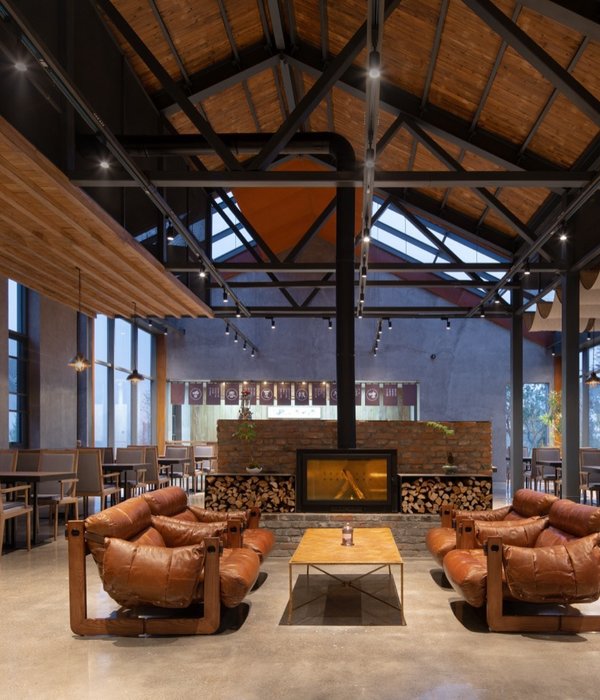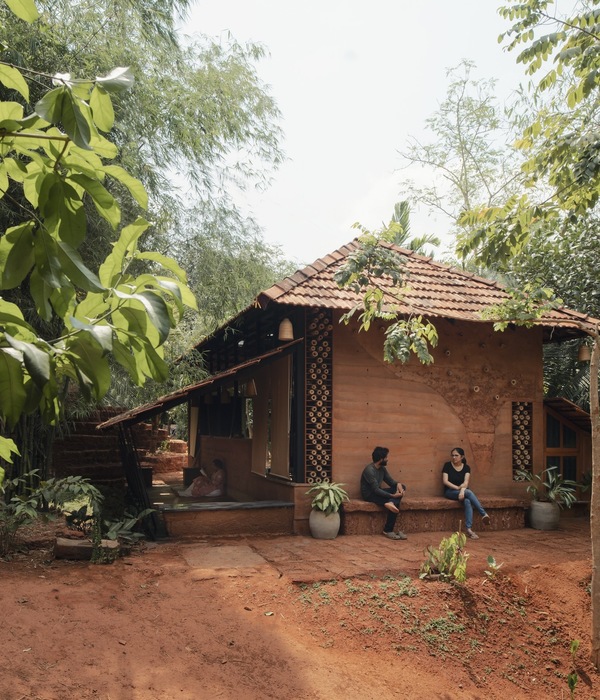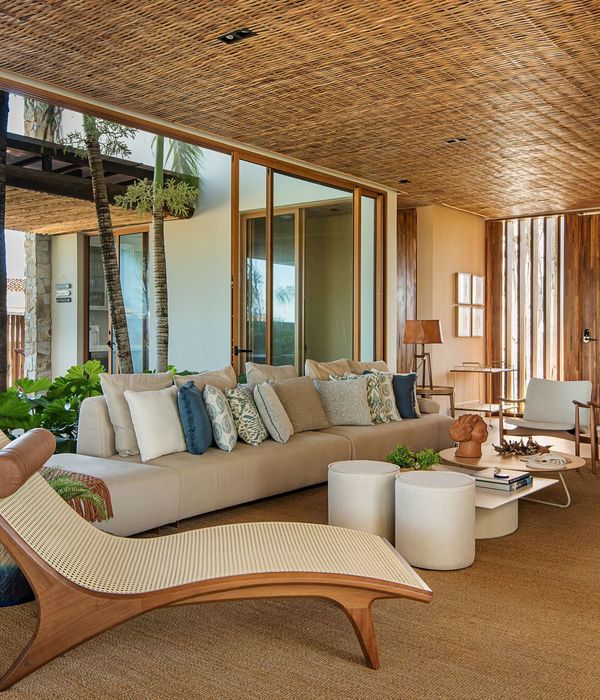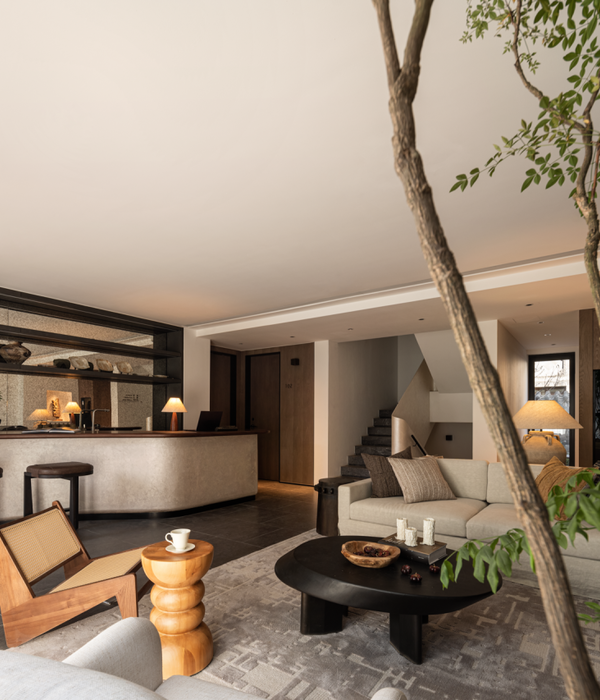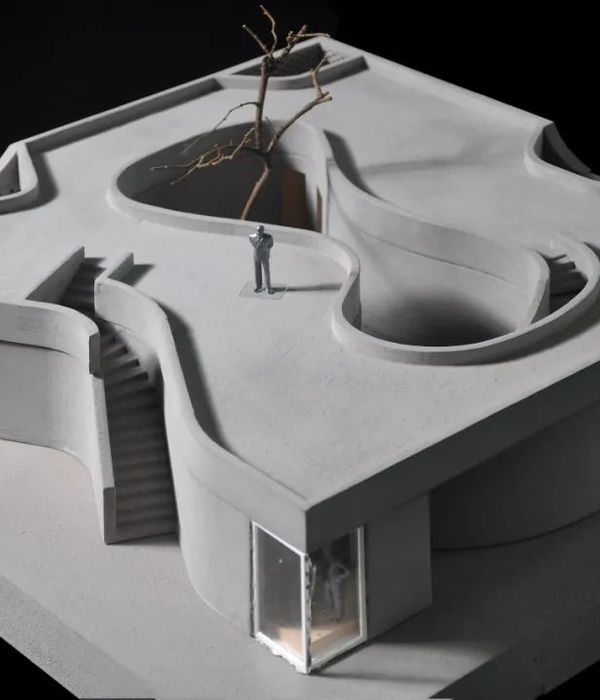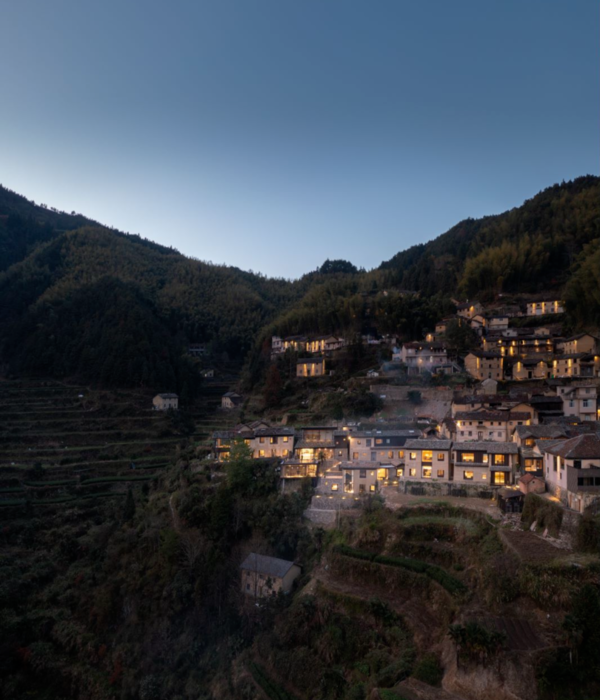RG Naxos Hotel | THDP 设计团队打造地中海风情


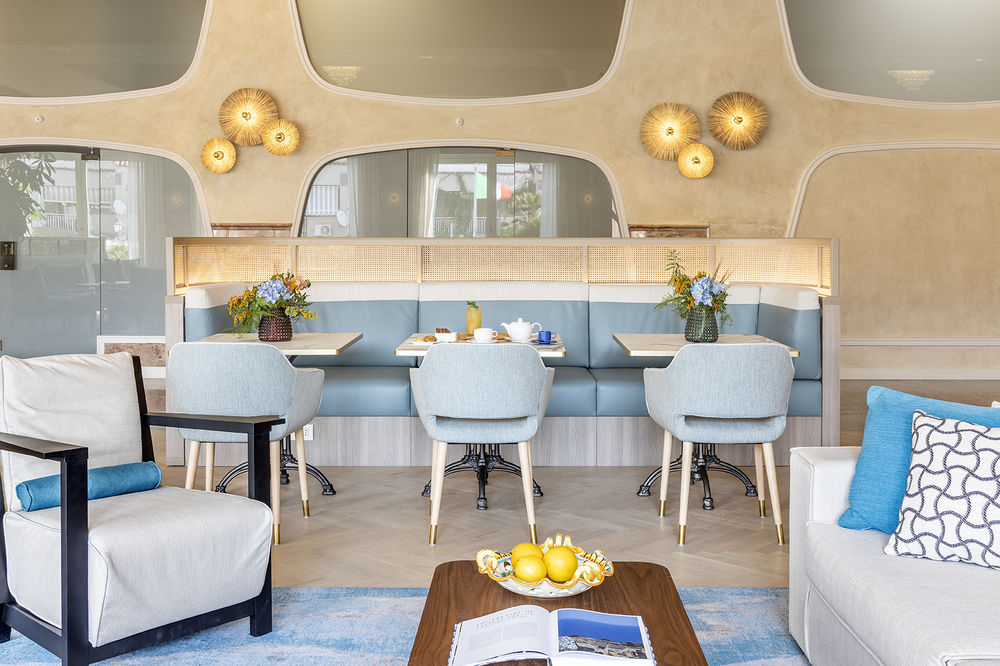



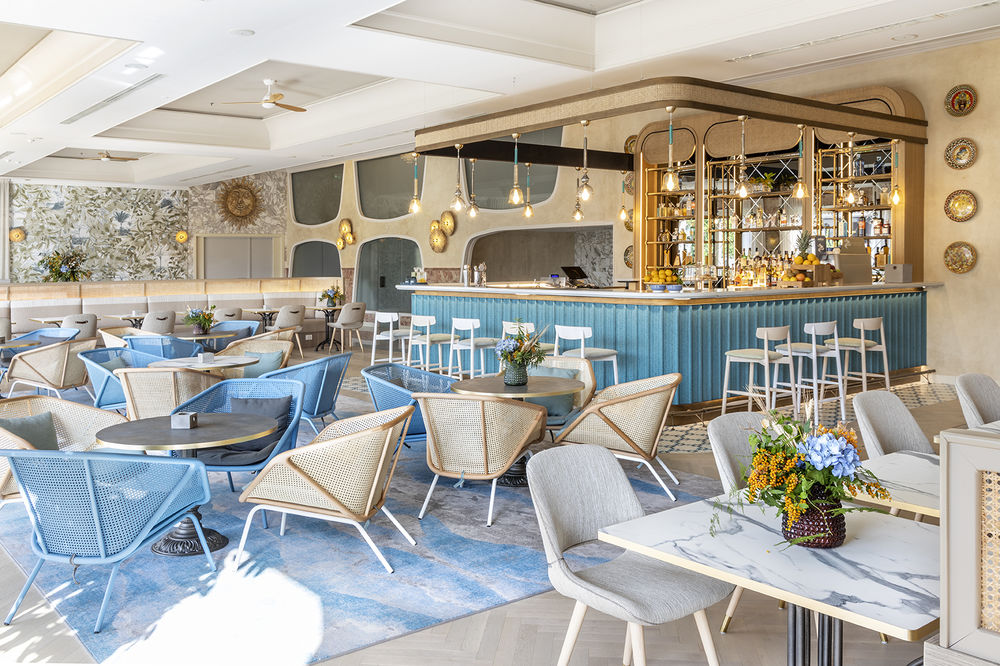

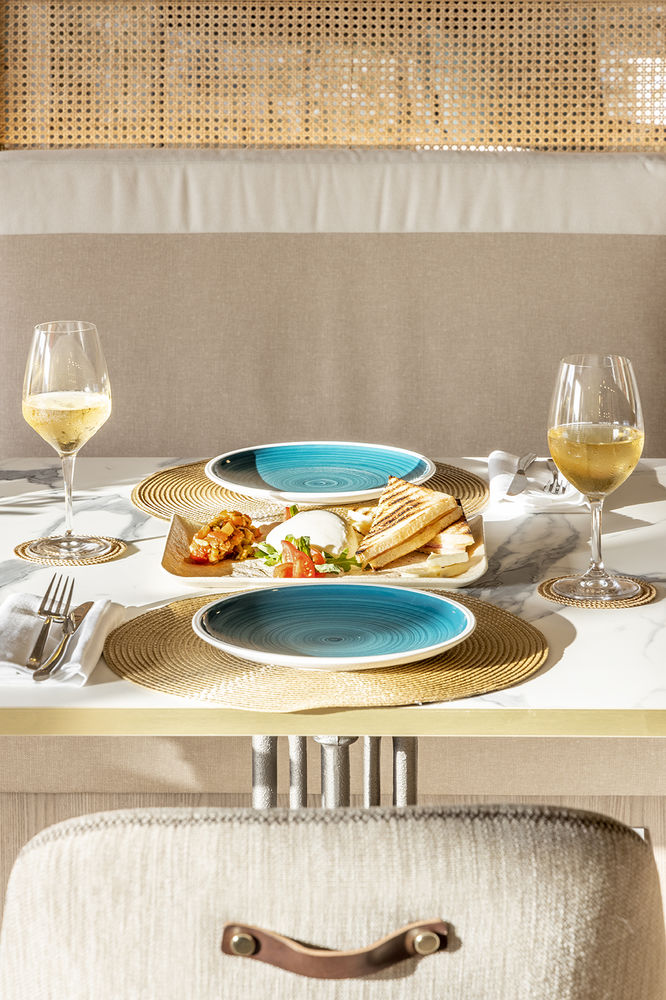
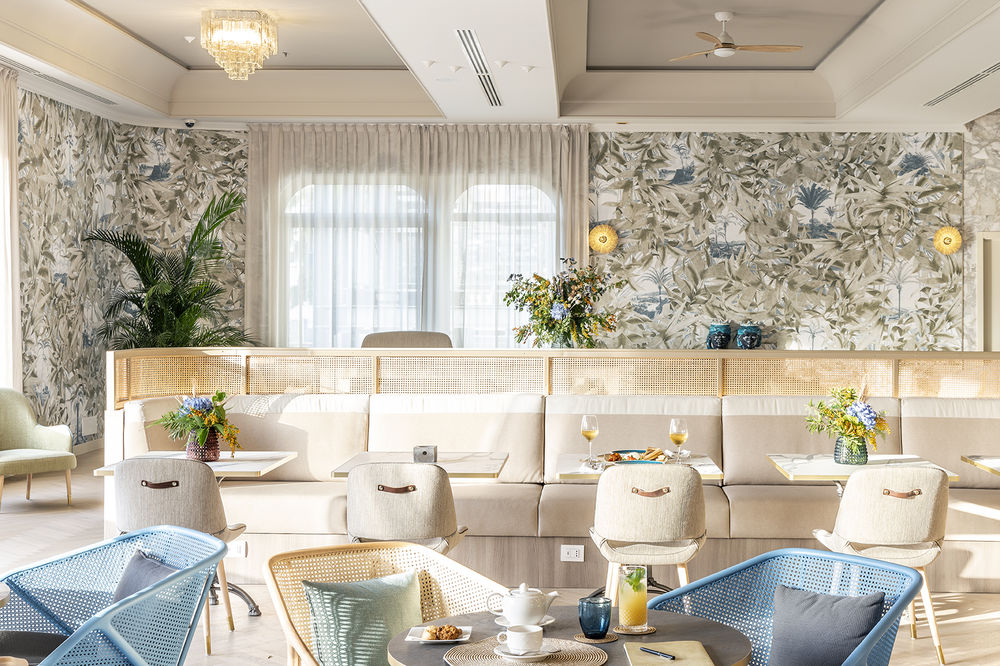
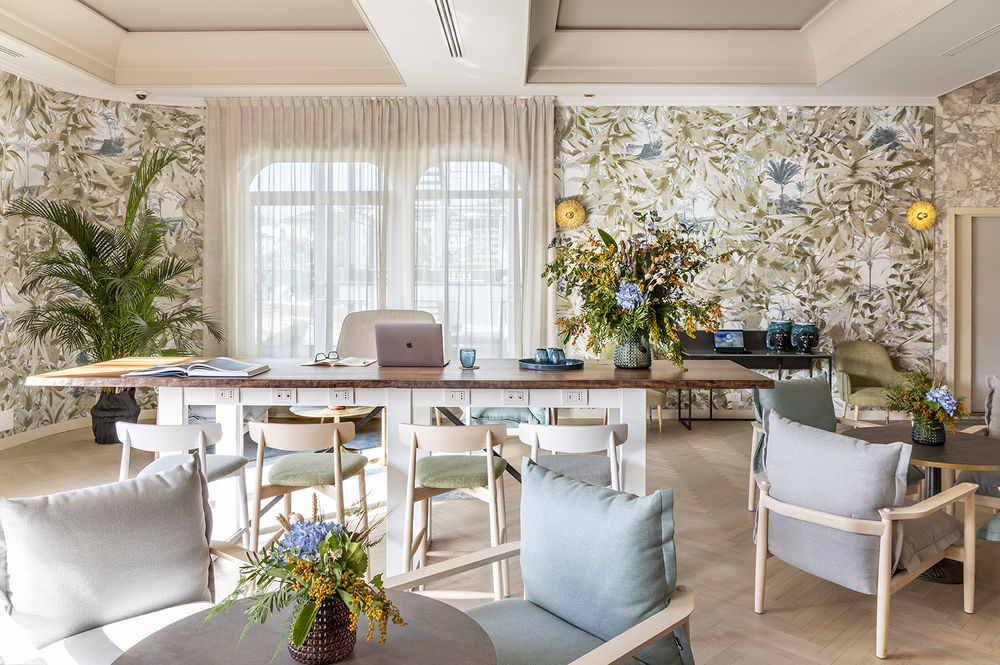
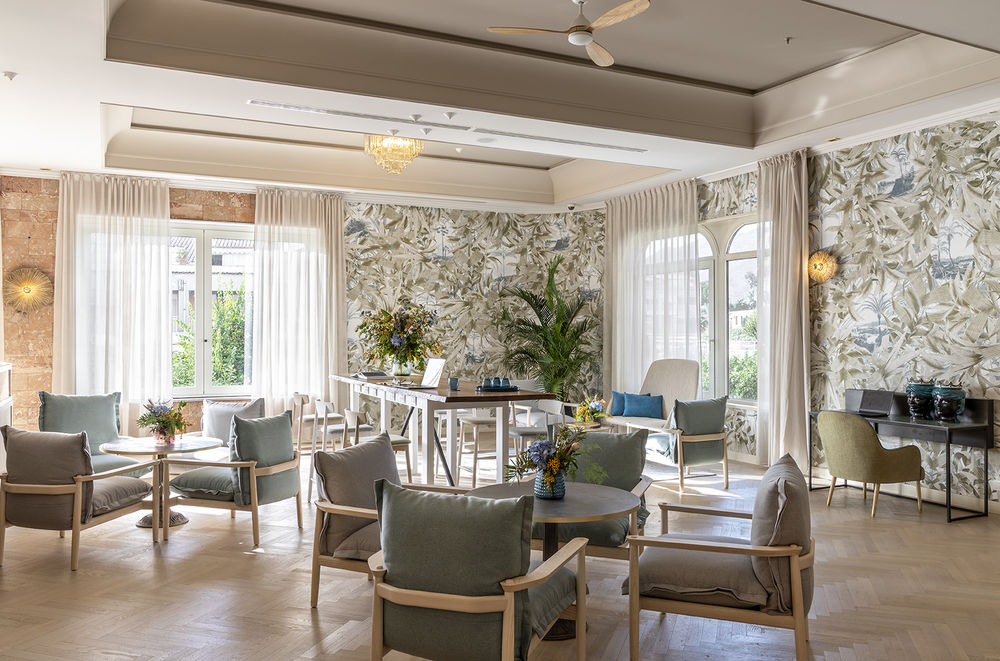

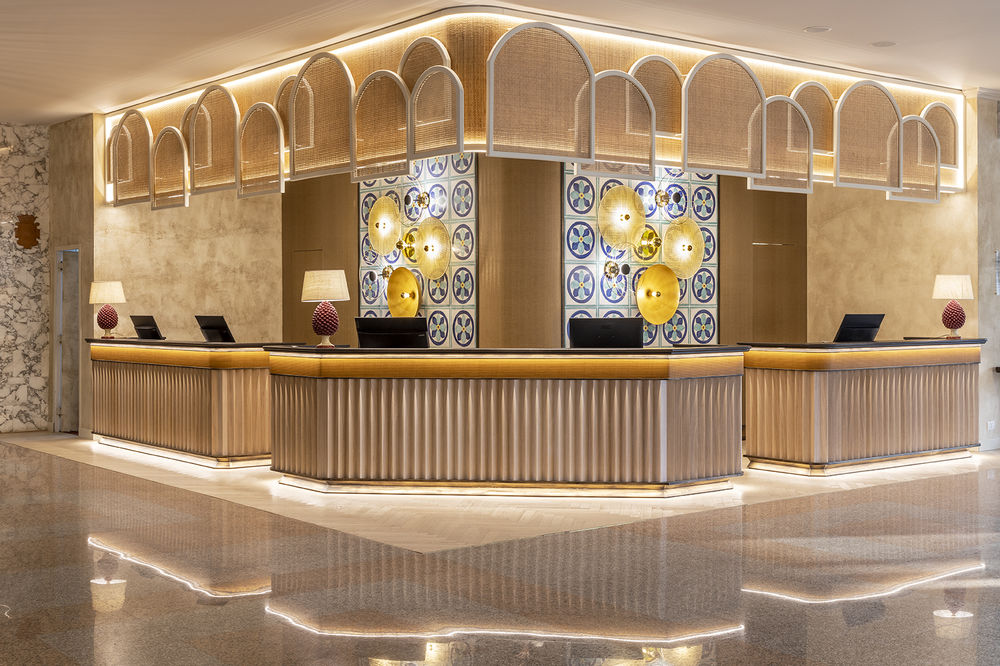

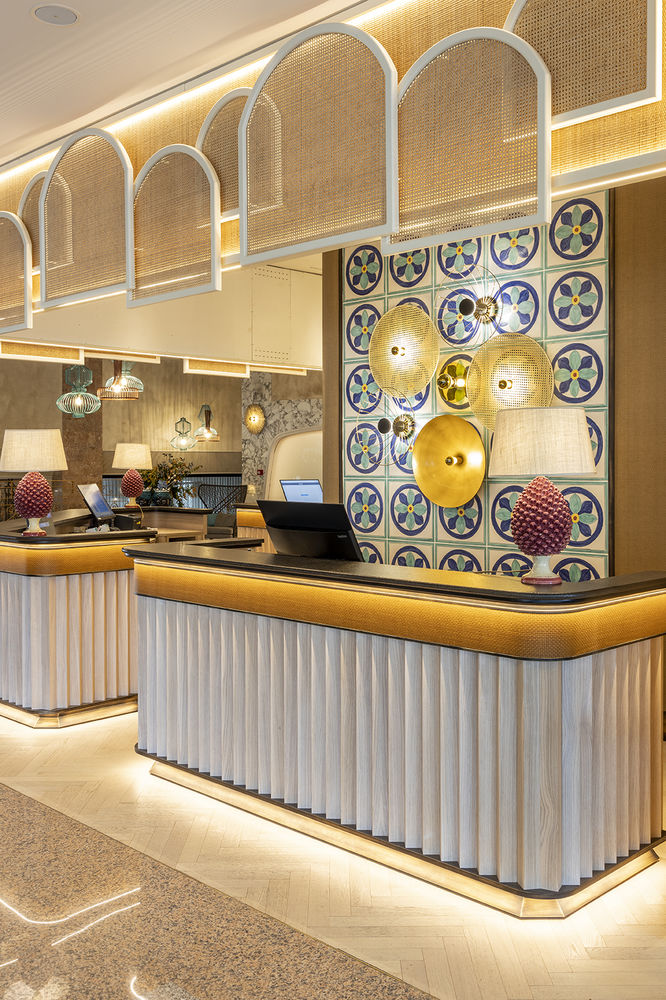

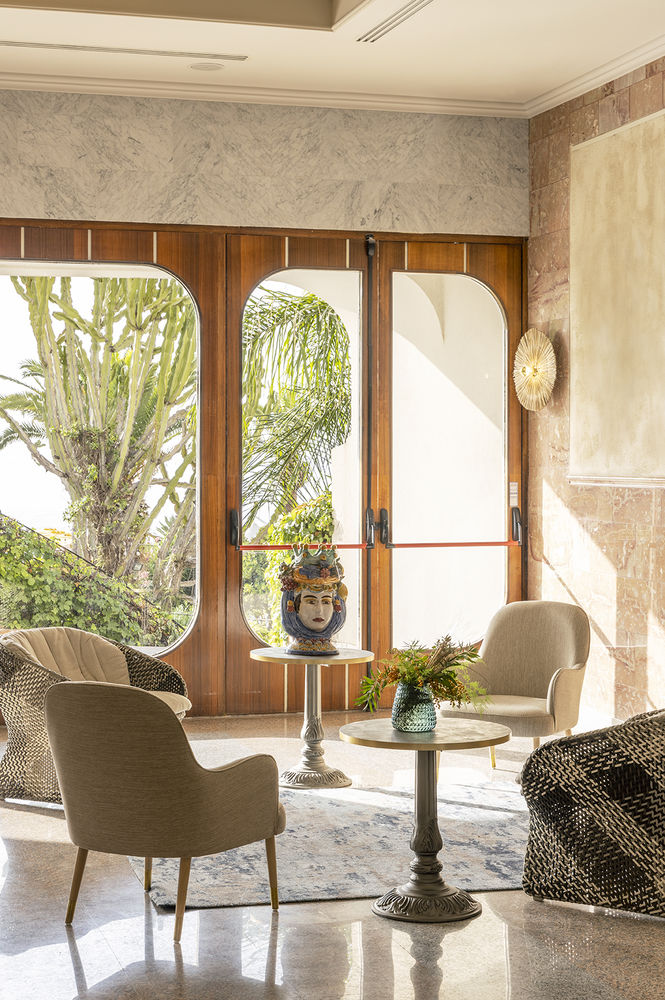
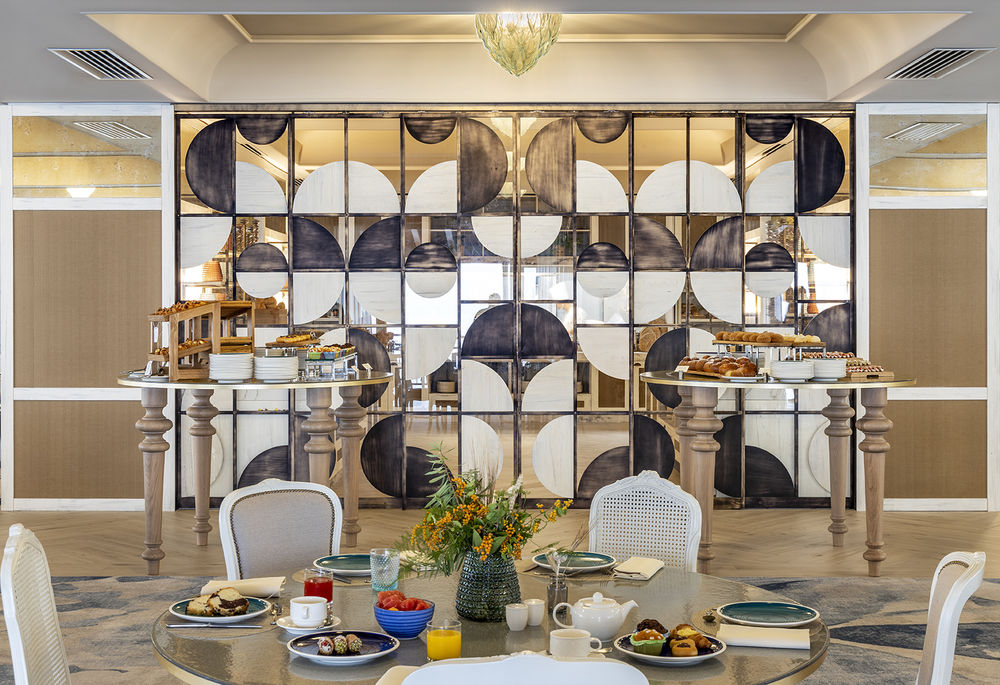

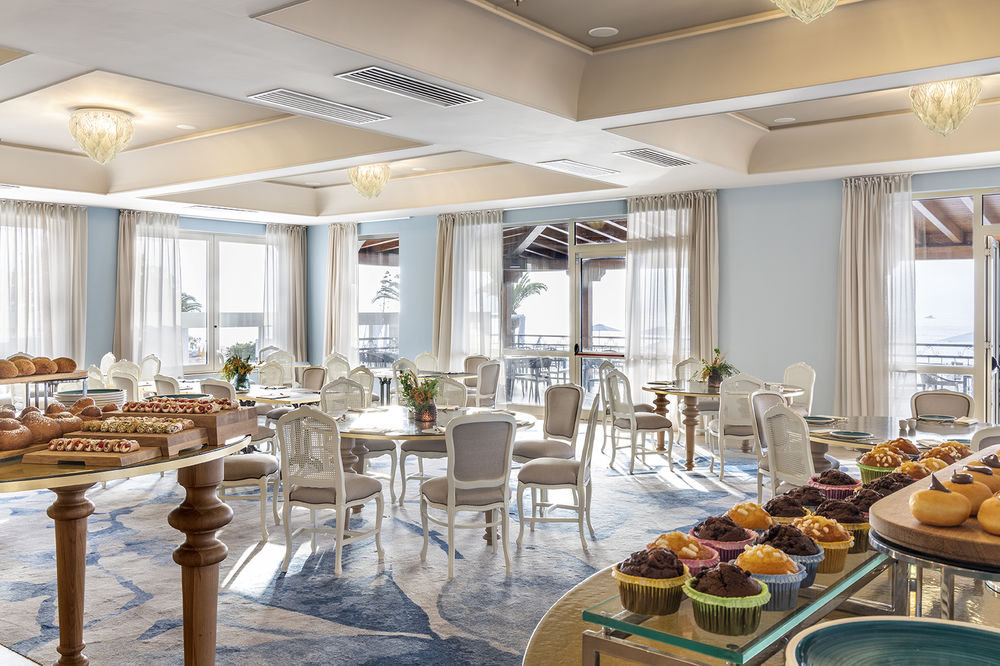

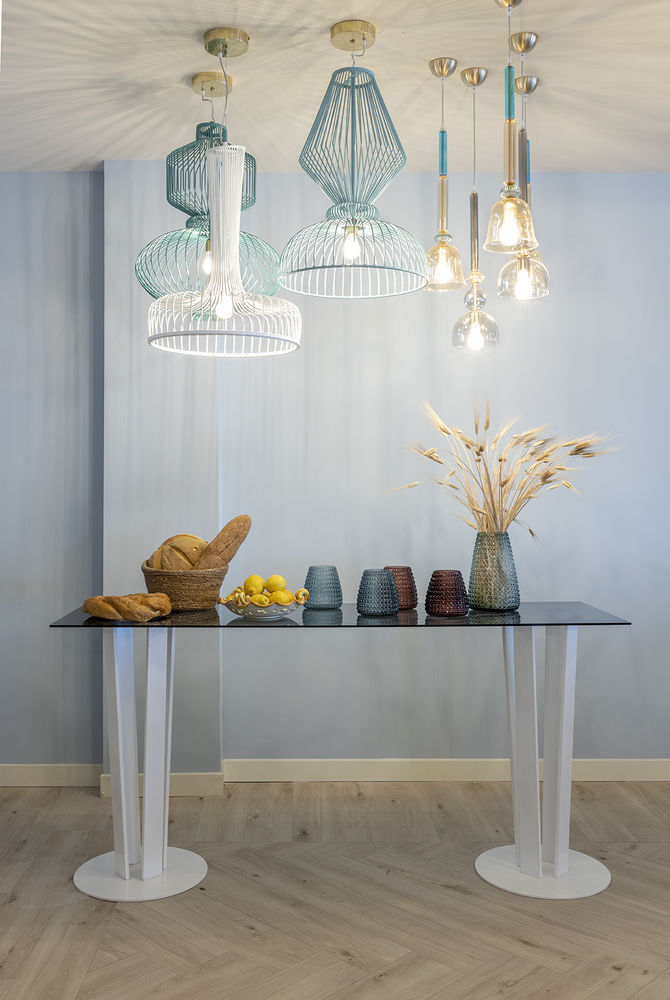
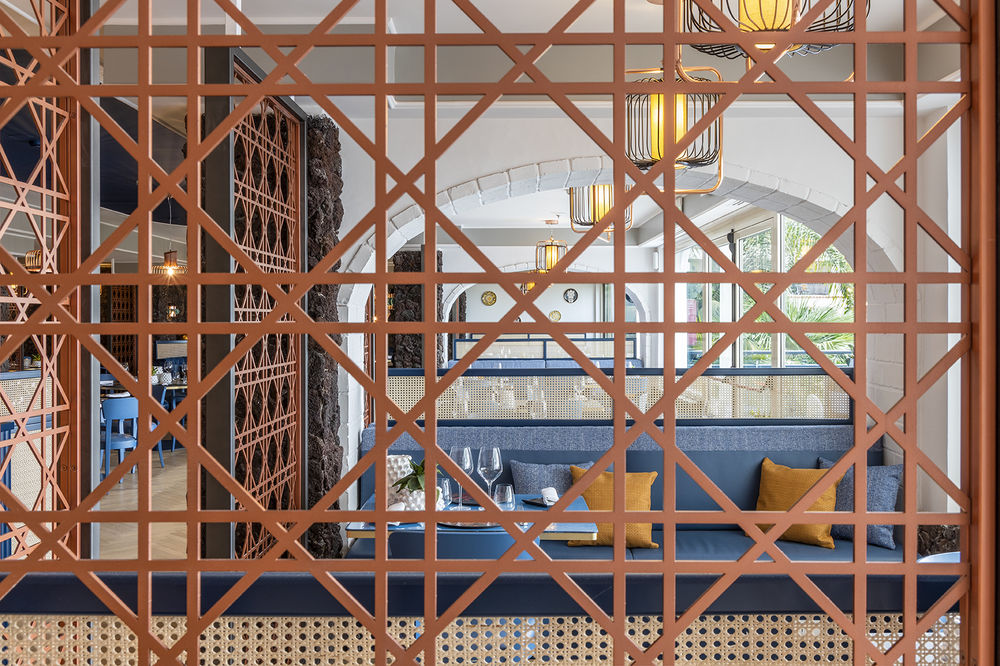



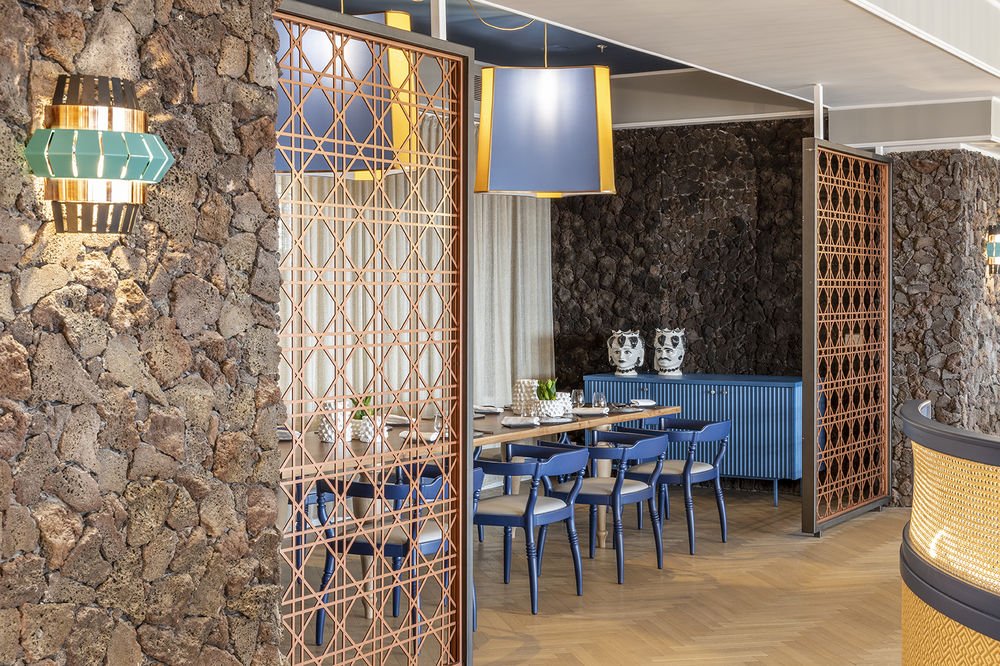
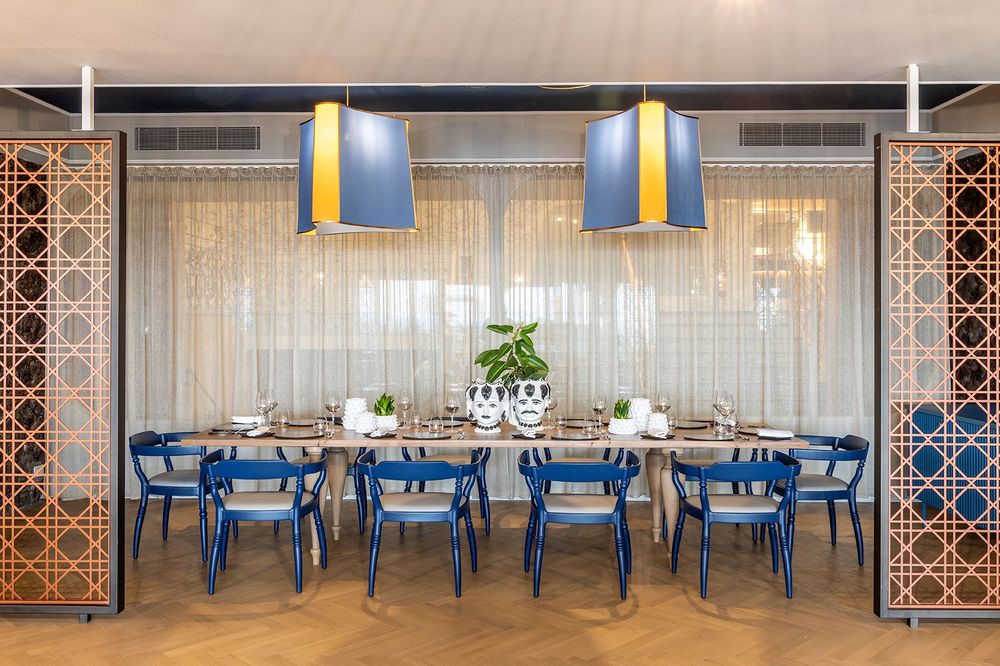


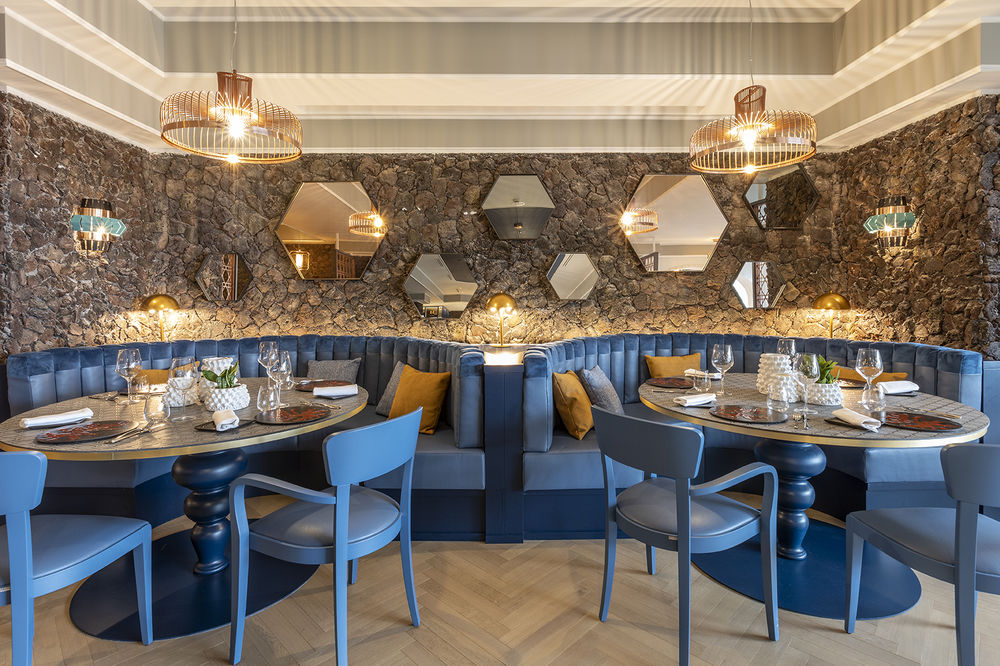
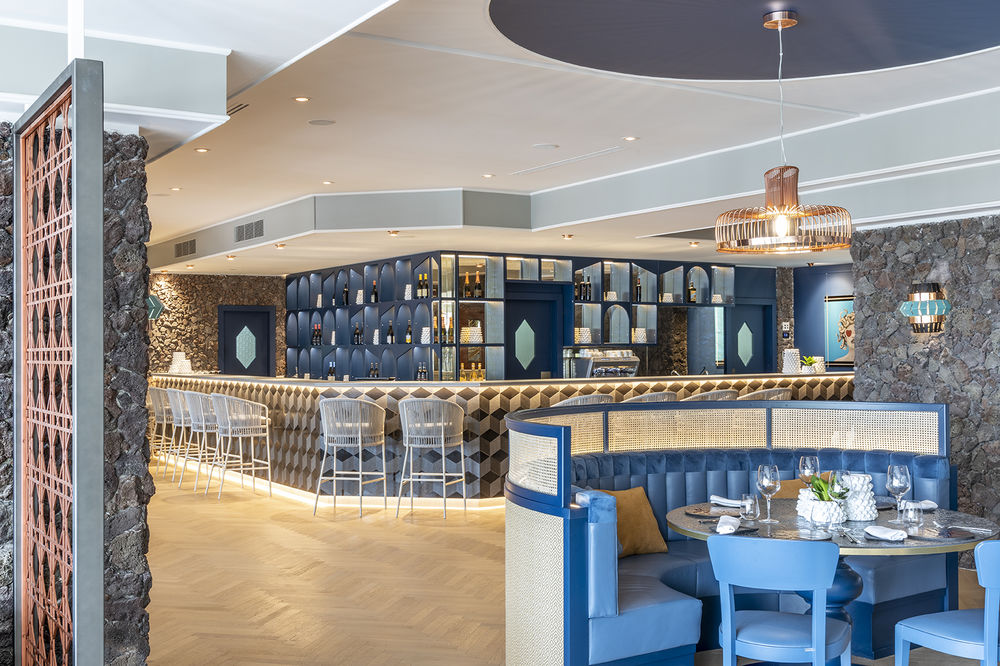
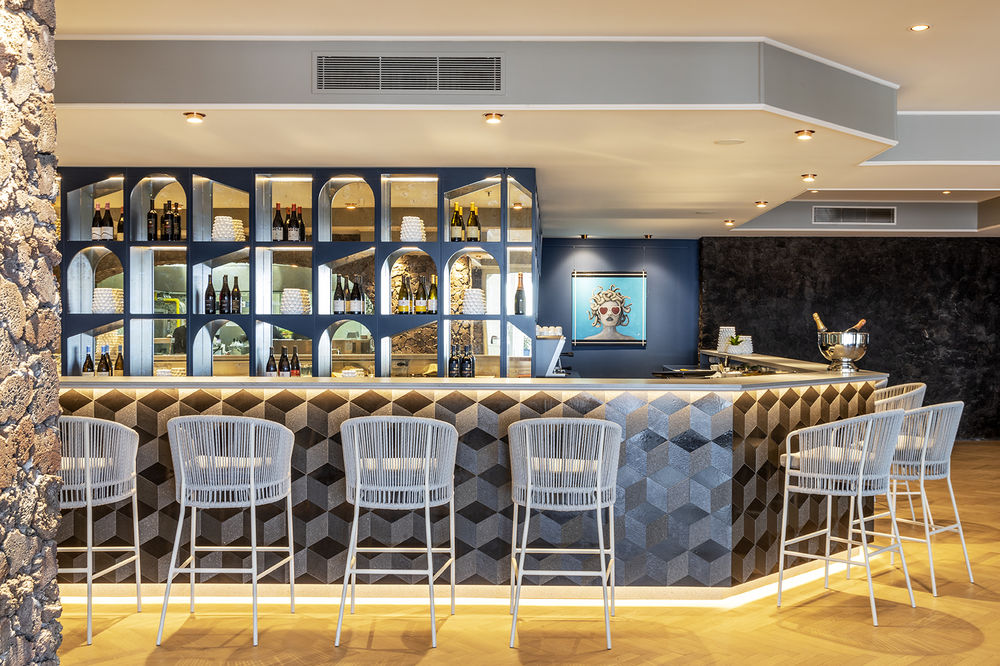
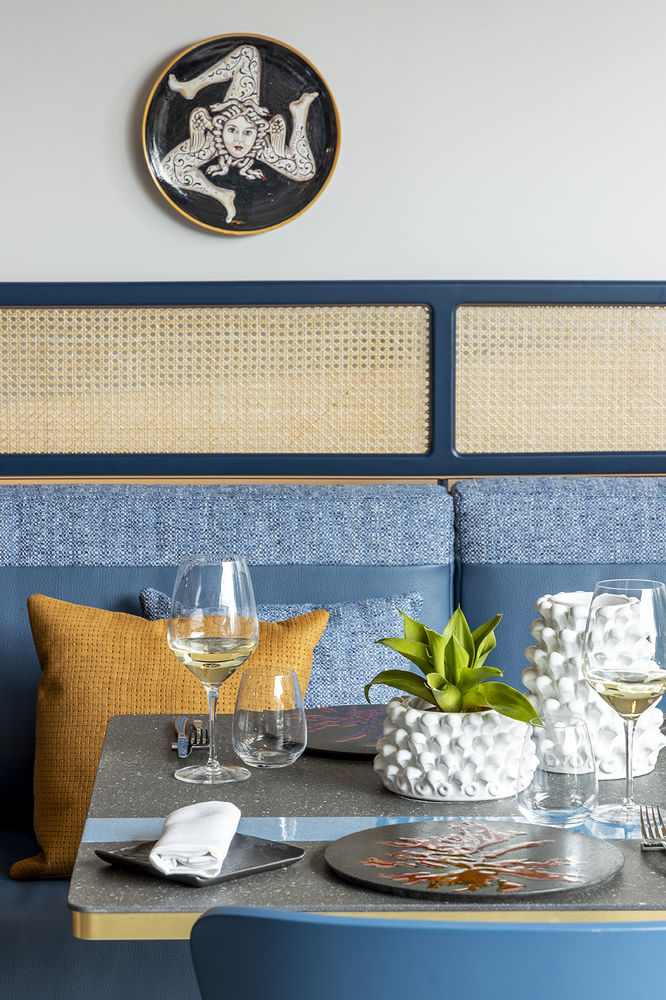


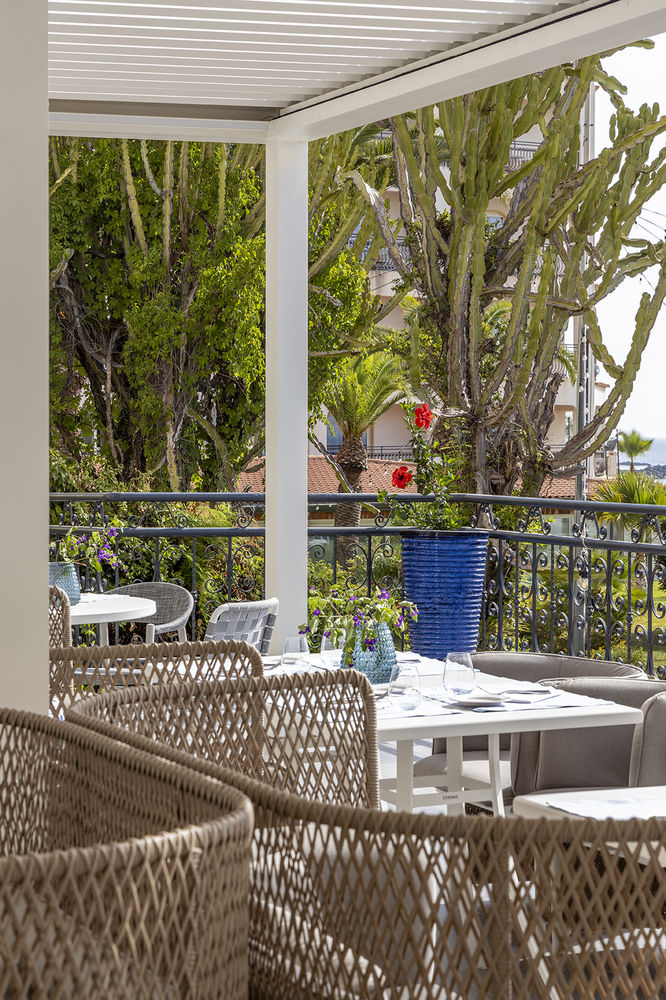
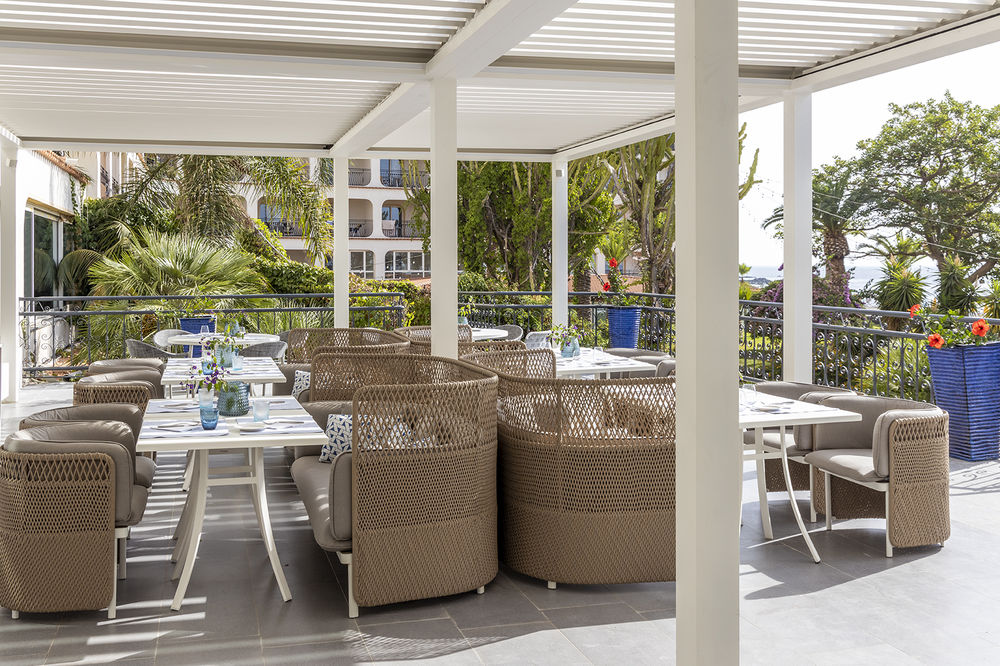

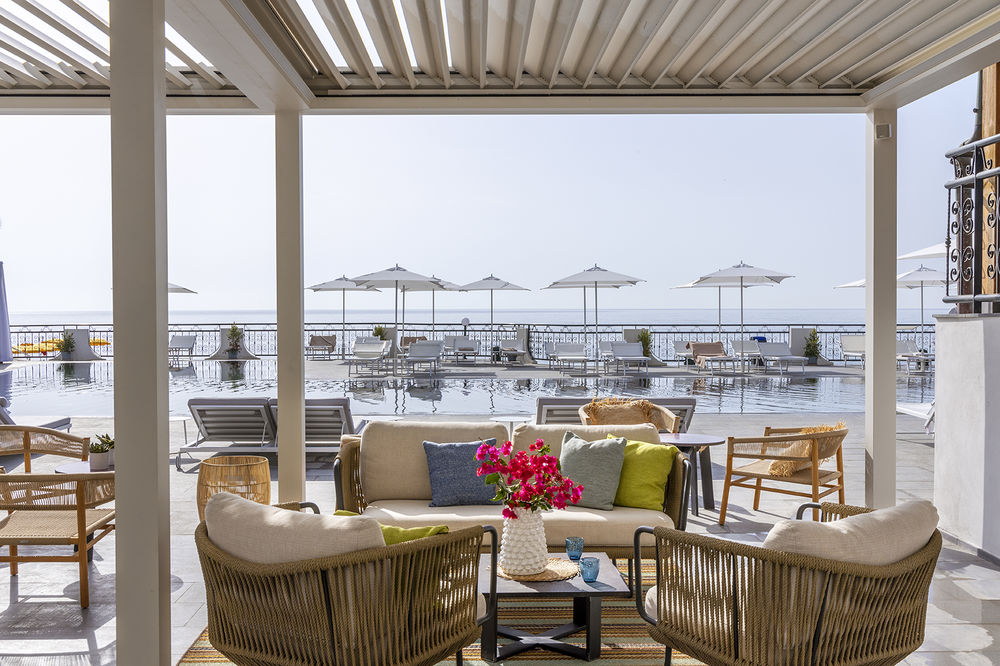

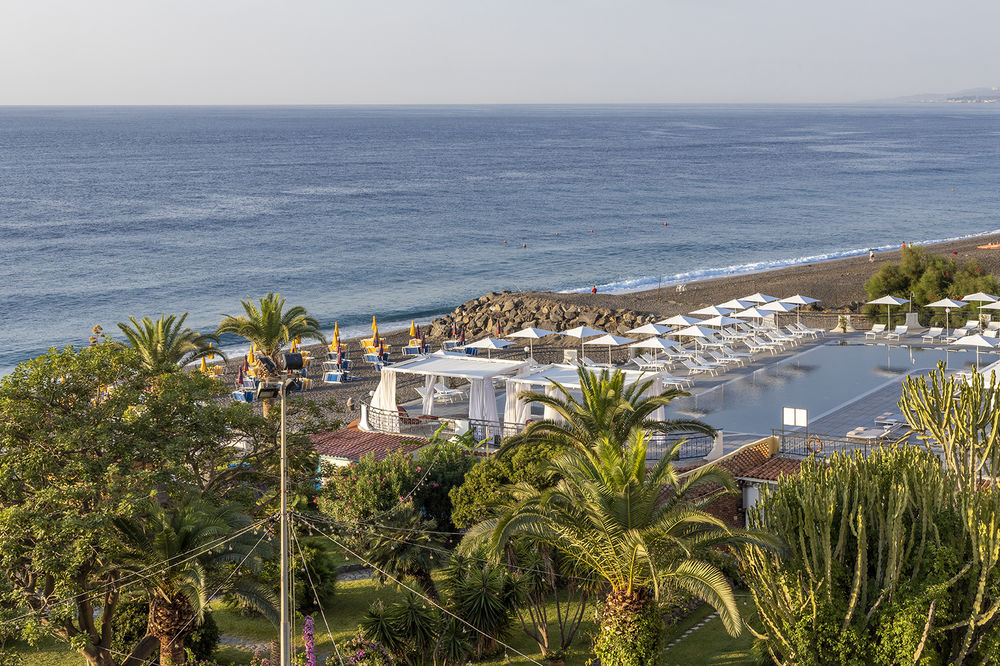
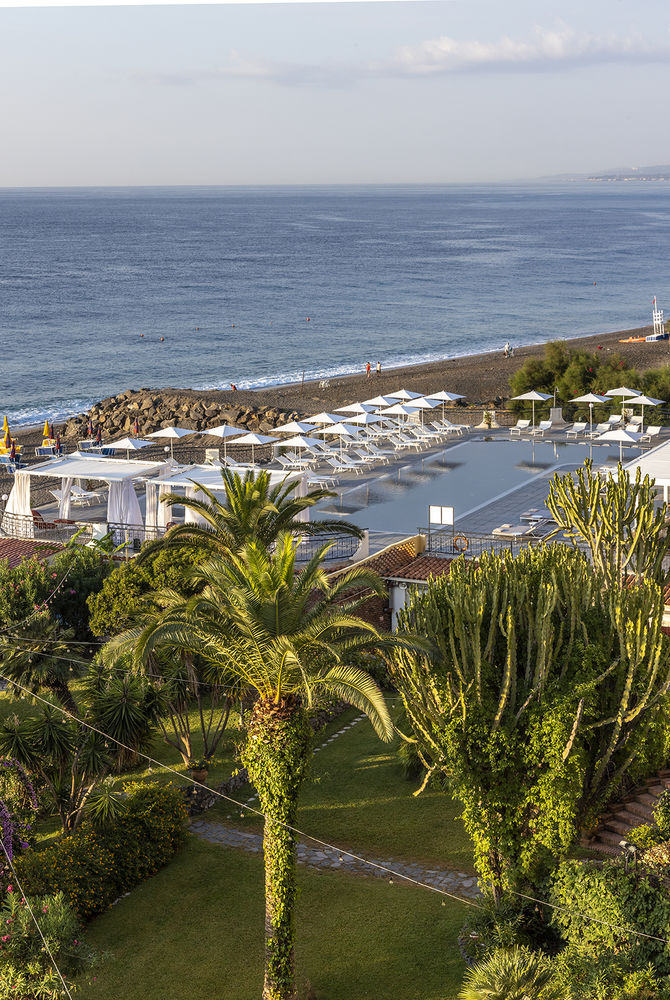

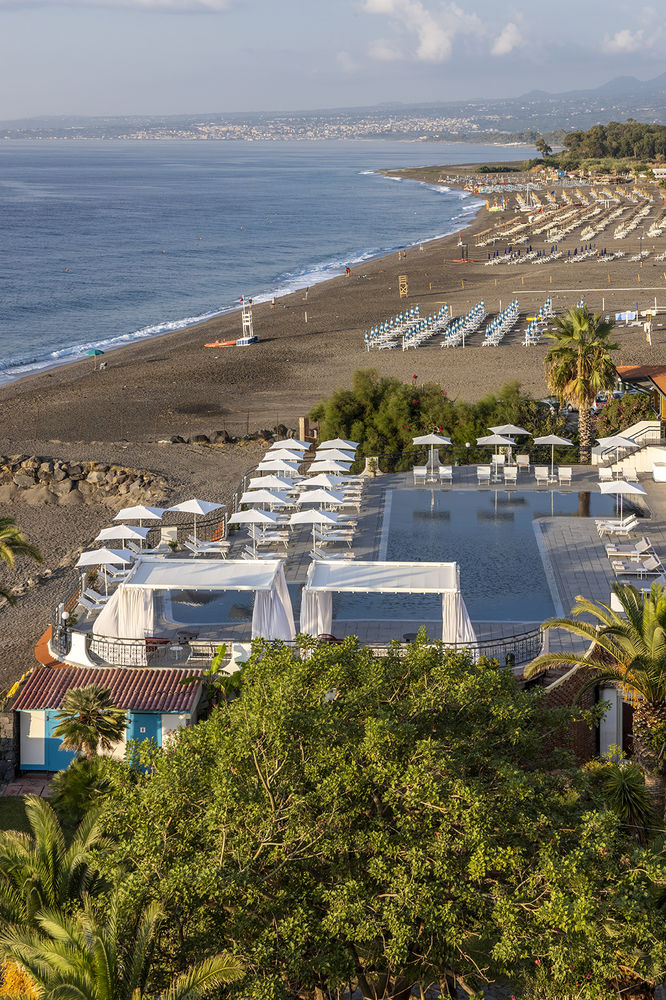

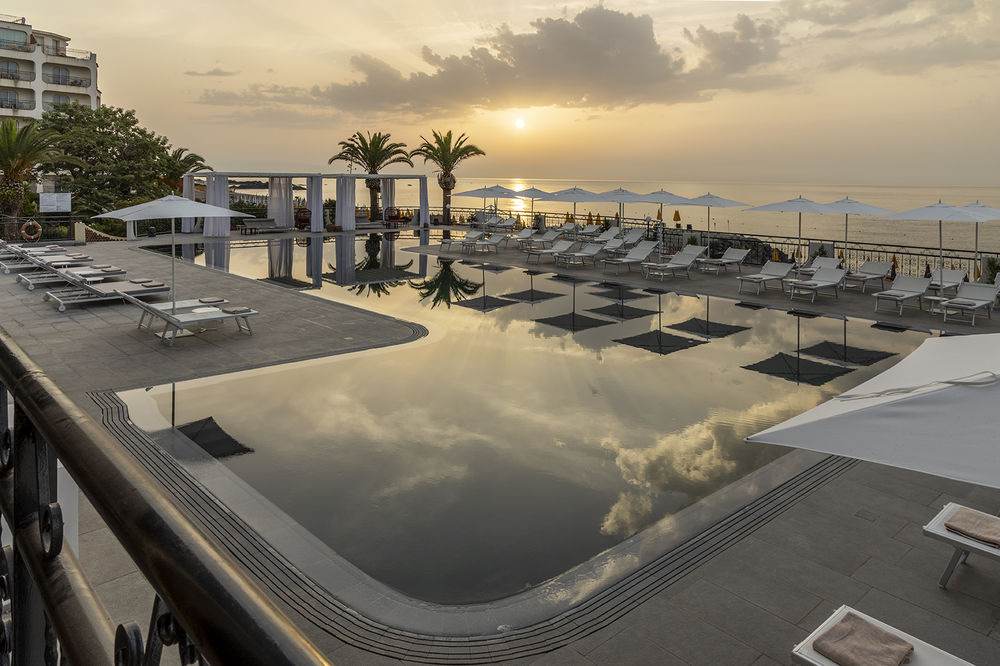

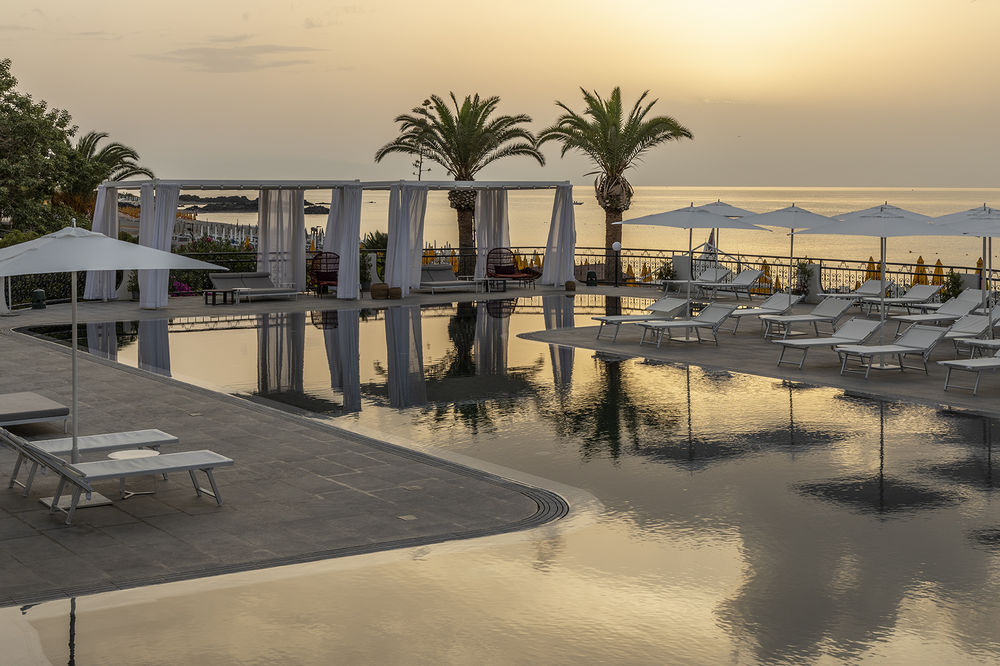
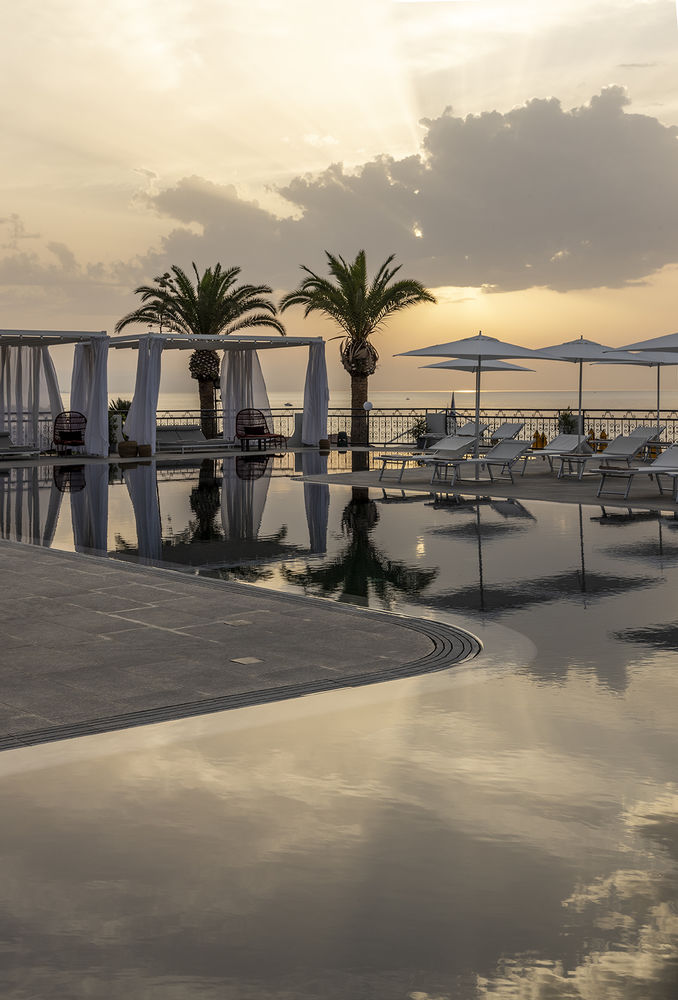
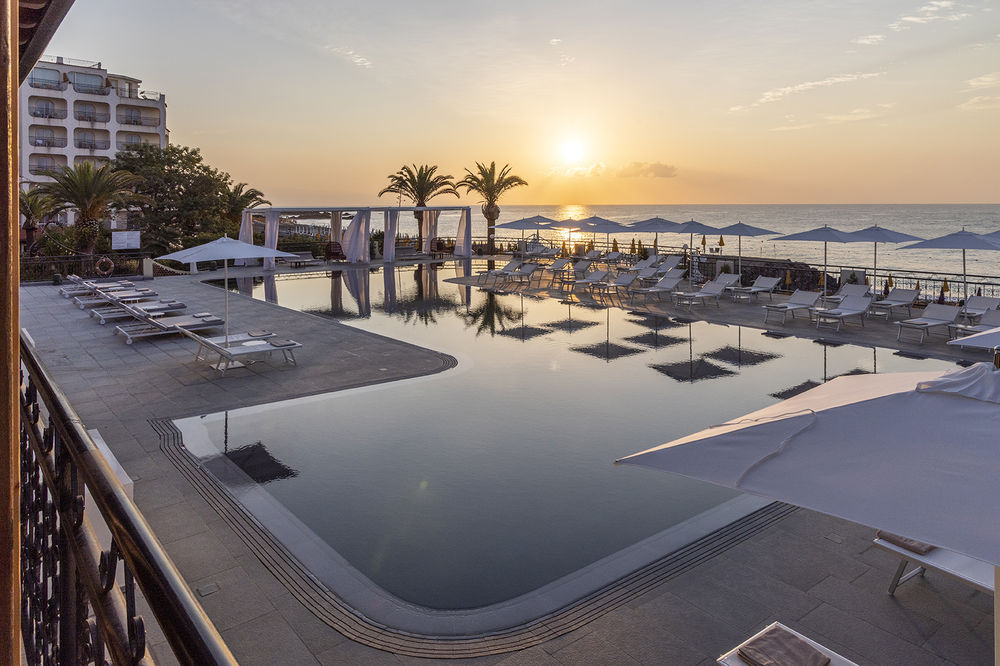
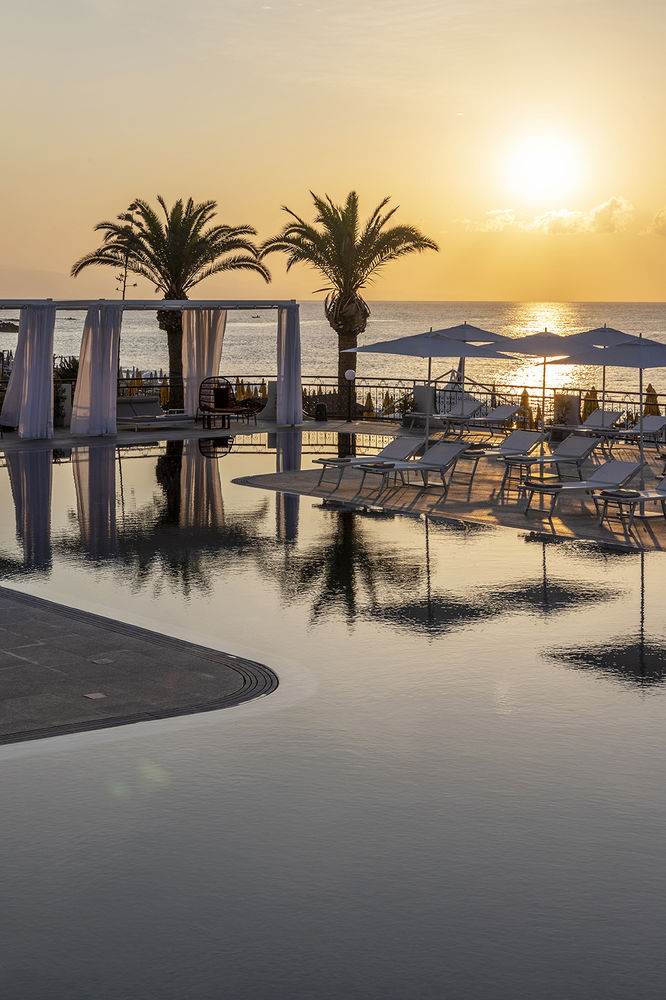


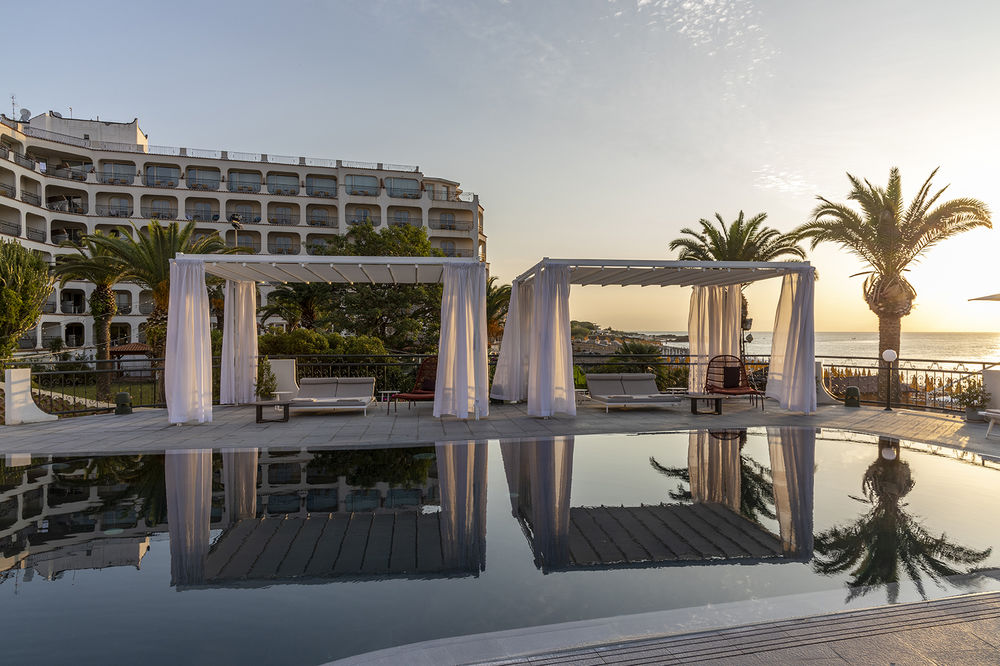
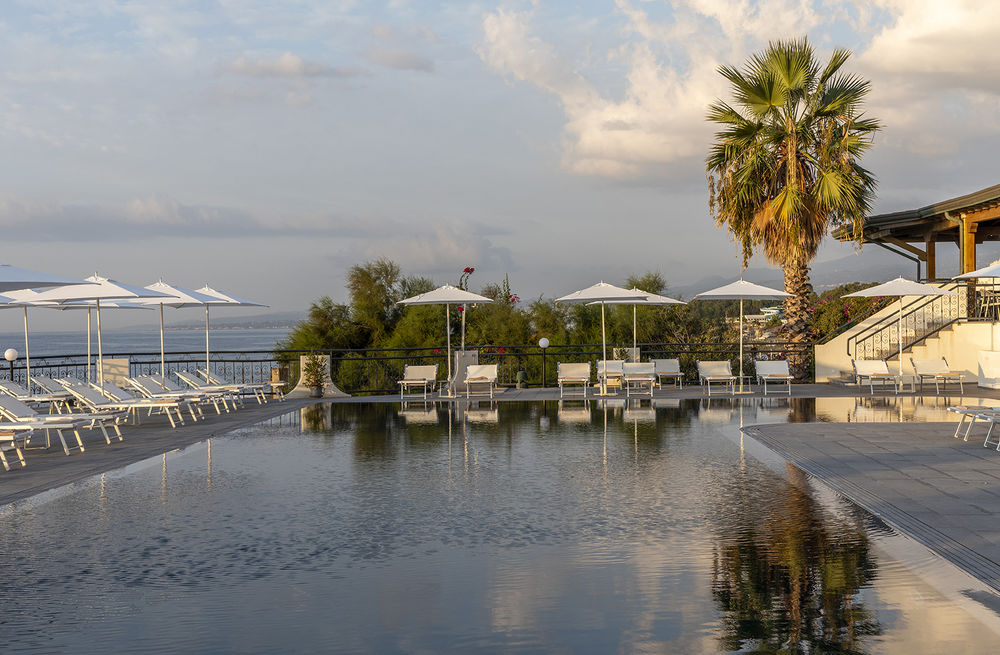
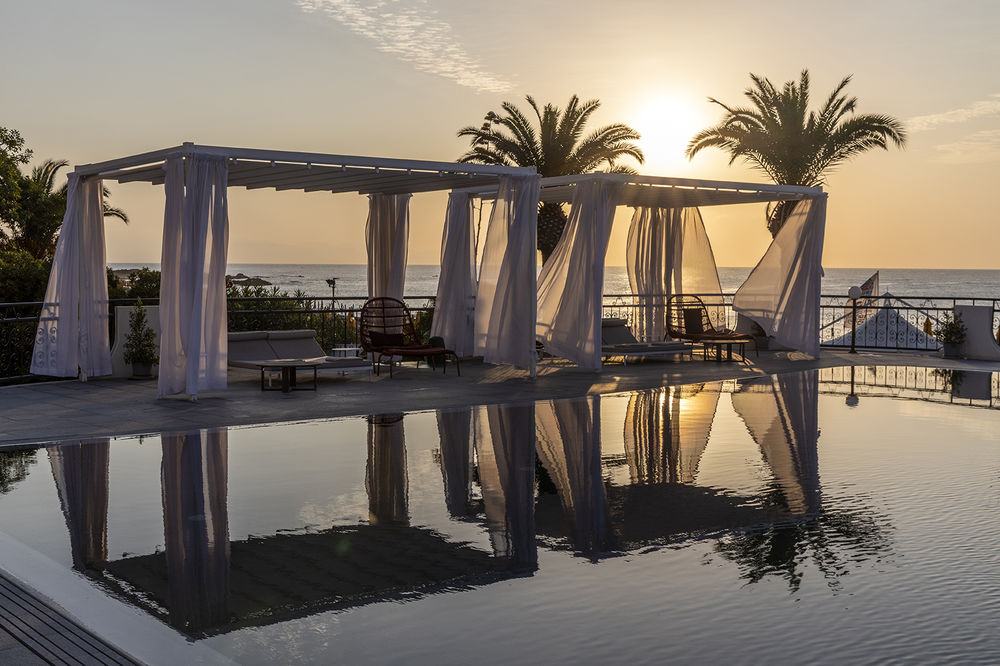
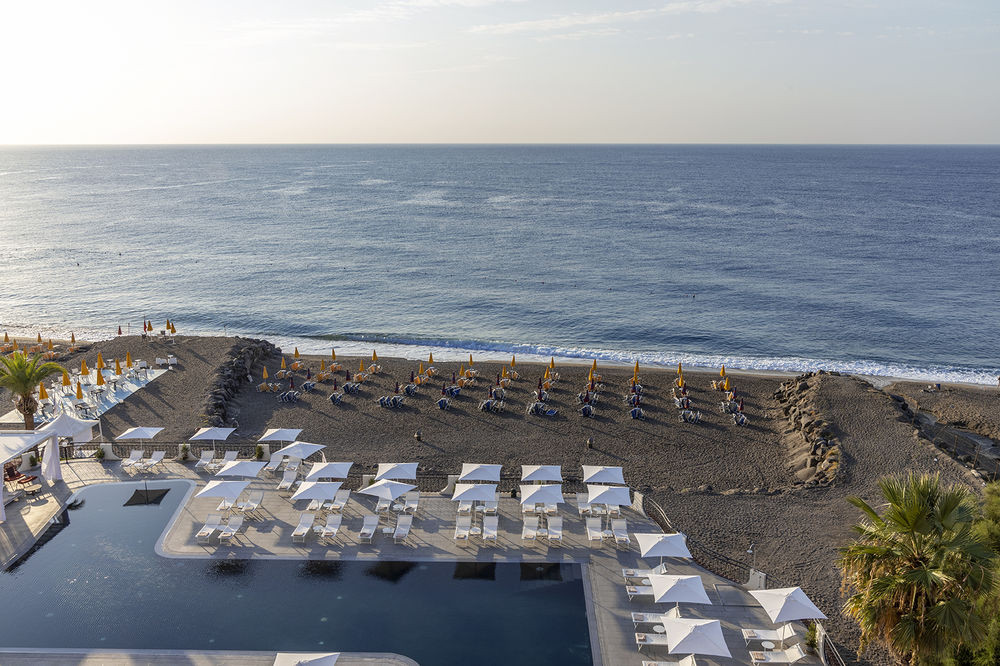

Giardini Naxos, founded in 734 BC by colonists from Chalcis in Euboea, was the first Greek colony in Sicily. Ancient Naxos was destroyed in 403 BC, and the centre that rose in its place in the Middle Ages as a fishermen's village. In the late 19th century elegant villas were built, used as holiday mansions by the upper classes.
Sicily is undoubtably famous for its vibrant folk arts and crafts. Taking inspiration from rich history and brightly coloured fruits and surroundings Sicily has a number of unique crafts to explore for culture-oriented visitors. One of the best-known symbols of Sicilian folk iconography is carretto siciliano. The cart was a means of transport that combined functionality with the telling of stories and tales, serving as a kind of wandering picture book that variously depicted historical, literary, religious, or chivalrous events.
The ancient Phoenicians and Greeks brought their artisanal traditions to the island, creating amphorae, kraters, kylixes, and other typical ancient wares and the technique of laying bright, saturated colors have been introduced into Sicily during the Muslim conquest.
The fashion house of Dolce & Gabbana put Sicily on the fashionista map and spread the island’s crafts worldwide by incorporating iconic Sicilian images in its bold prints like the colorfully decorated horse cart, ripe lemons and oranges.
This was an early inspiration for the interior design concept created for the hotel by THDP, a London based interior designer and architectural practice with a team of 50% British and 50% Italian designers. In addition to the studio founders: Nicholas J Hickson and Manuela Mannino, the concept and project were created by team members Simone Bretti, a Roman product designer who returned to live in Rome after a few years in London, and architect Francesca Benedetti, who lived in Rome for over nine years before moving to London and joining THDP.
The Hotel
The hotel is beachfront and all windows in the common areas face toward the sea. Many of the guestrooms also face the sea allowing the Mediterranean light to enter through the big windows and the guests can enjoy the salty air from their private balcony.
The hotel was (and still is) one of the most important and famous hospitality buildings which has hosted generations of tourists attracting people from all over the world. It sits at the foot of Etna volcano and near to Taormina.
Detailed local research guided the narrative of the entire concept project, commencing with the refurbishment of the main public areas, lobby and lobby bar, guest check in, Restaurants Panarea & Sciara, and creating a new Pool Terrace and Fluido bar.
The concept
The interior design concept was inspired by the natural beauty of the volcanic beaches, the sea, mount Etna’s super-natural presence and the features of the island of Sicily and the ambition was to bring them into the centre of the hotel. By adding local decoration, artworks and colors the goal was to add character, a deep sense of authenticity and a refined and resort-based palette of natural tones with touches of colors of the sea.
The lobby was a large open space of over 700sqm meters, previously decorated in a heavy baroque style, the concept from the outset was to re-activate this space, giving it a new heart and focal point – and to appeal to both guests and walk-in locals.
From the outset THDP considered adding a new lobby bar to the center of the space, being both a visual anchor but also dividing the space and making it feel more intimate. With the new layout smart workers and leisure guests can meet using a polyvalent area which can host all thanks to the different typology of seating. The style is elegant, Mediterranean with sea colors and Taormina’s stone colors melting indoor and outdoor color palette.
The reception has been inspired by the Sicilian attitude of welcoming and it has been translated in three large reception desks with dark grey lava top fabricated by Nero Sicilia, the feature rear wall is tiled with hand painted local tiles by La Fauci, the accent decorative lights are from Aromas del Camp and are of copper and rattan, thus from the very beginning of their journey the guest is surrounded by an authentic and local experience.
The restaurant Panarea has materials, features, and shapes that reminds guests of antique craftsmanship, incorporating hand painted tiles in the niches at the entrance with traditional motifs from La Fauci. The buffet area has screens featuring irregular but geometric shapes hanged from the ceilings that recall ancient Greek terracotta jars. The artisan tributes continue on the walls covered with a braided woven leather cowhide effect inspired by ancient Greek sandals.
La Sciara Restaurant’s design has been inspired by the existing wall covering of lava stone: the space has the darker tones echoing those of the Mount Etna volcano, the dark ominous stone is counterpointed by the vibrant blue and red glazing – recalling colors of the sea at night, foreboding, dark yet attractive and welcoming. The metalwork in the restaurant is a rich copper tone, accented by rich blue lacquers, and the table top feature rich glazed textures applied with glass onto the lava stone, all by Nero Sicilia. The entire space naturally calls to mind dining in a more elegant and finer restaurant.

